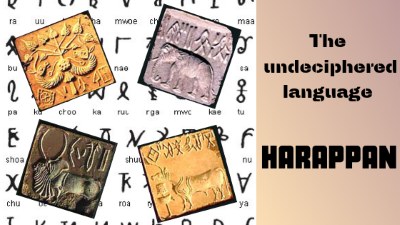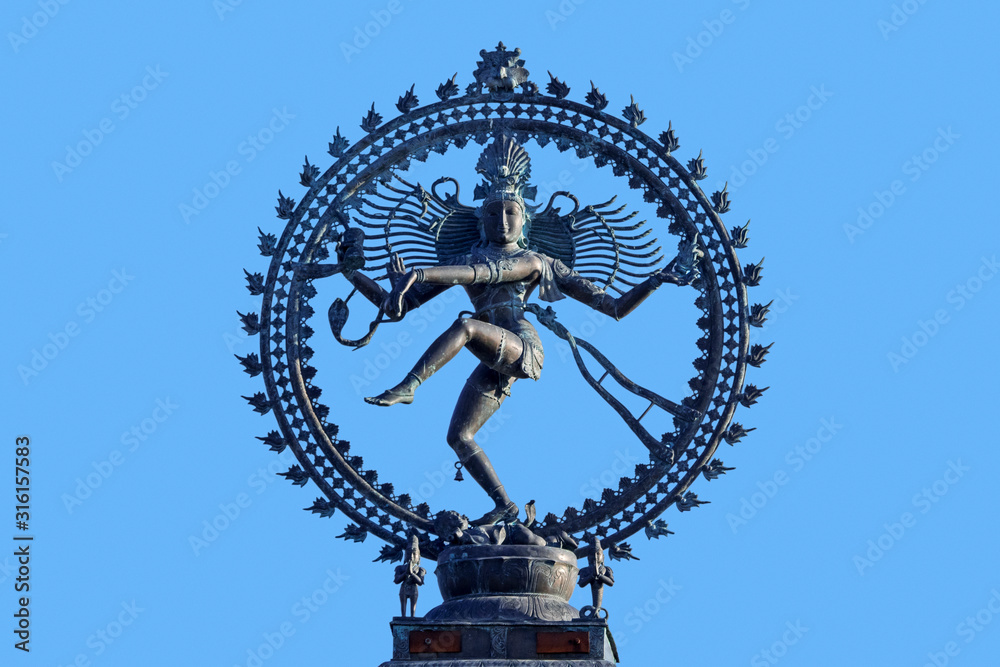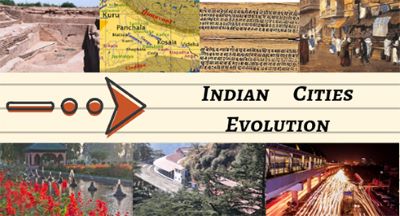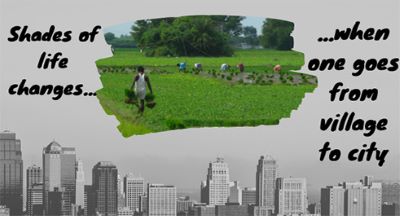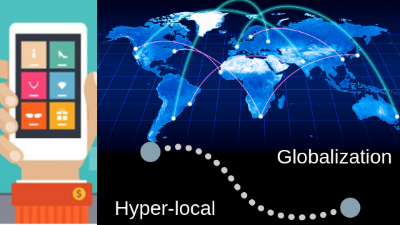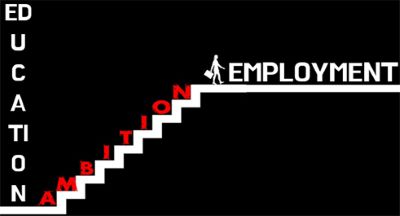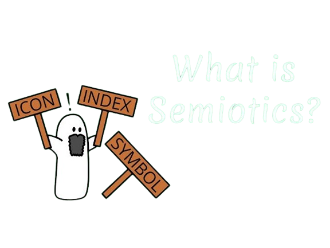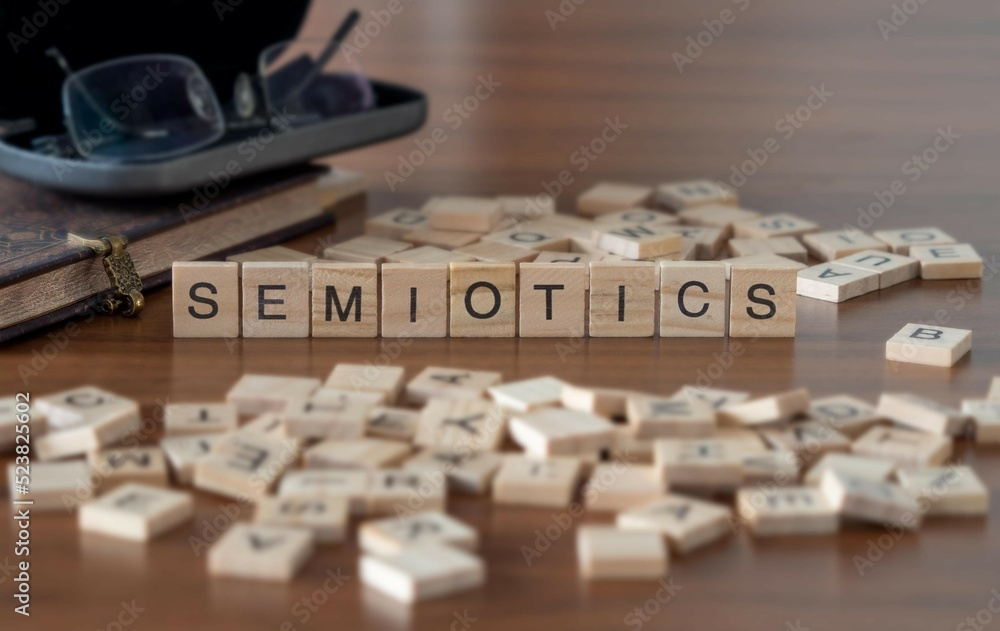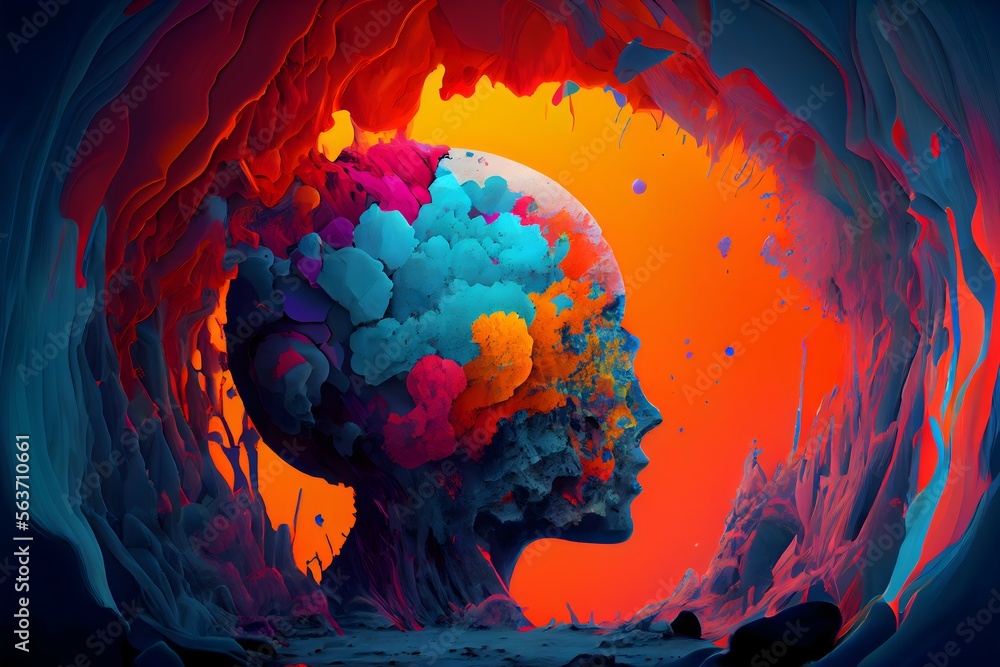The diversity of Indian languages was defined in the last national census ( 2011) - including all dialects, there are 19,569 languages. When "rationalised", these resulted in 1,369 Mother Tongues (MT) spoken in India. But just 121 of these MT have more than 10,000 speakers & 96.7% of India's entire 1.21 billion people have just one of the 22 "scheduled" languages ( of Indian constitution) as their MT.
India is approx. a sixth of world population & as such 1,369 MTs spoken out ofthe 7,117 world total ( Ethnologue survey), is a representative mix. But is this diversity of Indian languages, a governance/communication challenge ? How multi-lingual are Indians - For eg. - how many Tamilians speak Bengali ? English is MT for just a negligible number of Indians but how many Indians speak some level of the English language ? The Census of 2011 was a landmark linguistic census in history & its results eventually published in 2018, are the first ever Multilingualism data available for such a significant size of world population. European Union multilingualism studies have yet to undertake a survey of this scale. In the Census 2011 India data, the top 3 (of 121 MTs) known to each of the 1.2 billion people surveyed, was recorded.
Indian Unity is Scriptual but often mistaken for Spiritual. There is a hidden unity of Indian language diversity embedded in the scripts of its Mother Tongues. Of the 121 Indian MTs, except the ones using the Roman/English script of 26 alphabet characters & the Perso-Arabic/Urdu script of 40 , almost all the others are Abugida i.e. a phonetical arrangement of approx. 56 character sounds, known as " Varnamala" ( literally, Colour-Sequence). This uniformity of scripts isn't accidental but a forgotten project undertaken in antiquity to embed a unity of sounds, music, maths & language, to create one sanskriti/culture, using the entire human audio-range in a scientific arrangement of sounds. Of the 22 "Scheduled" languages of India, 20 have " Varnamala" scripts, and 73% of India's few English MT speakers also know one of the 20 Varnamala scripts. While 61% of the Urdu MT speakers claim (in the census) to know at least one more of the other 21 scheduled languages, majority of the literate Urdu MT speakers in India actually do read Urdu in respective location scripts ( Devanagari, Tamil, Malayalam etc) & are multilingual. This anomaly was not quantified in the 2011 survey since the emphasis was on spoken languages (not written). Anyways historically, Urdu is an Indian language designed to bridge the Varnamala phonetics with the Persian-Arabic phonetics of early medieval era, by extending the Persian script of the time (which itself was an extension of the Arabic script).
How Multilingual is the Indian population ? Take a look at the data collated by us - 25.42 % of the Indian population knows more than one language. Over 6.9% of the Indian population knows at least 3 languages. While a mere 0.02% of Indians have English as their MT, the vexing question of how many Indians know some level of English, has effectively been answered in the 2011 census - 128.5 Million i.e. a little more than 10% of the population. This includes many (estimated 50+ Mn) who can't actually read or write a full page of english text. More than 93.3% of Indians have the main 13 languages ( Hindi, Bengali, Marathi, Gujarati, Punjabi, Tamil, Malayalam, Kannada, Telugu, Assamese, Odia, Urdu, English) as their MT. The 6.7% who don't have these 13 (but have another of the 108 MTs as their MT), actually are the most multilingual Indians with 58.2% who know at least one more language, hindi (29%) being the most popular. It's also interesting to note that Punjabi MT speakers are the Most Multilingual Indians (53%), followed by Marathi speakers (46%) & then Gujarati speakers (42%). India's hindi MT speakers are the least multilingual ( 11% ) Indians.
To get back to the earlier question raised i.e how many Tamilians speak Bengali , let us look at the data - 41416 i.e. 0.06% of Tamil MT. But Bengali MTs don't reciprocate & just 4171 speak Tamil. This data also highlights the "second" language fight between Hindi & English languages in India. Approximately 13.48% of India's Non-Hindi MT population speak Hindi as the second/third language & 10.59% of Non-English MT population speaks English. This also answers the long unanswered question of India's most widely spoken language - 691 Million Indians know some level of Hindi ( including 528 Million Hindi MT speakers). The next language now is English with 128.5 Million, followed by Bengali with 107.5 Million & Marathi with 99 Million.
Several hundred years of English colonial rule & a continuity of 75 years more of English language as the aspirational language for access to both government ( including legal & administrative) jobs & private sector's formal jobs, English language is barely recognized by 260K Indians as their MT. But the aspiration (not quality level) reflects in the 128.5 Million who claim to speak it as their second or third language. An English speaking traveler in India who doesn't know any hindi or other Indian languages, is likely to be best understood in Nagaland (33%), Manipur (32%), Punjab (30%), and least understood in Chhatisgarh (2.3%) & Bihar (2.7%). While UP's angrezi claim is (6.4%), the tourist friendly state of Rajasthan is less english savvy ( 4.5%).
In summary, if you're traveling across India, Hindi is by far (7 to 10 times more than any Indian or Foreign language), the best way to communicate. While the push towards moving India to a single language ( Hindi) speaking country has consistently found political resistance, the underlying writing unity (Varnamala) which has already been achieved lies dormant, awaiting its utility in new AI technology. This unity of scripts truly has the power to facilitate Indian governance/communication challenges. Instead, English language (alphabet) based machine translation & related AI tools are being used extensively to create technology-device driven textual unity in India.
Today, approx 74.04% of India is literate & therefore knows how to read/write in one of the 22 scripts of the respective 121 MTs. Two of the 121 MTs ( Santhali & Gondhi) actually do not have a script , 50 of the other 119 MTs have Latin/English or Urdu/Perso-Arabic ( approx 4% of the population) but the rest of literate India writes in 20 scripts which all adhere to the phonetical unity of Varnamala. More than 95% of literate India speaks in a MT which has an associated Varnamala script. Almost the entire literate of the rest of the 5% population, knows Varnamala in one of the other 20 scripts too. This is the single most significant aspect of the unity of Indian culture/sanskriti. The spread of Varnamala is noteworthy - Burmese (Mon), Sri Lankan ( Sinhalese), Thai, Laos & Indonesian ( Balinese)still use the Varnamala in their respective scripts.
Reference Links -
https://www.theintrepidguide.com/how-many-languages-are-there-in-the-world/
https://censusindia.gov.in/2011-prov-results/paper2/data_files/india2/1.%20data%20highlight.pdf
 Intelligent Insights...
Intelligent Insights... 





